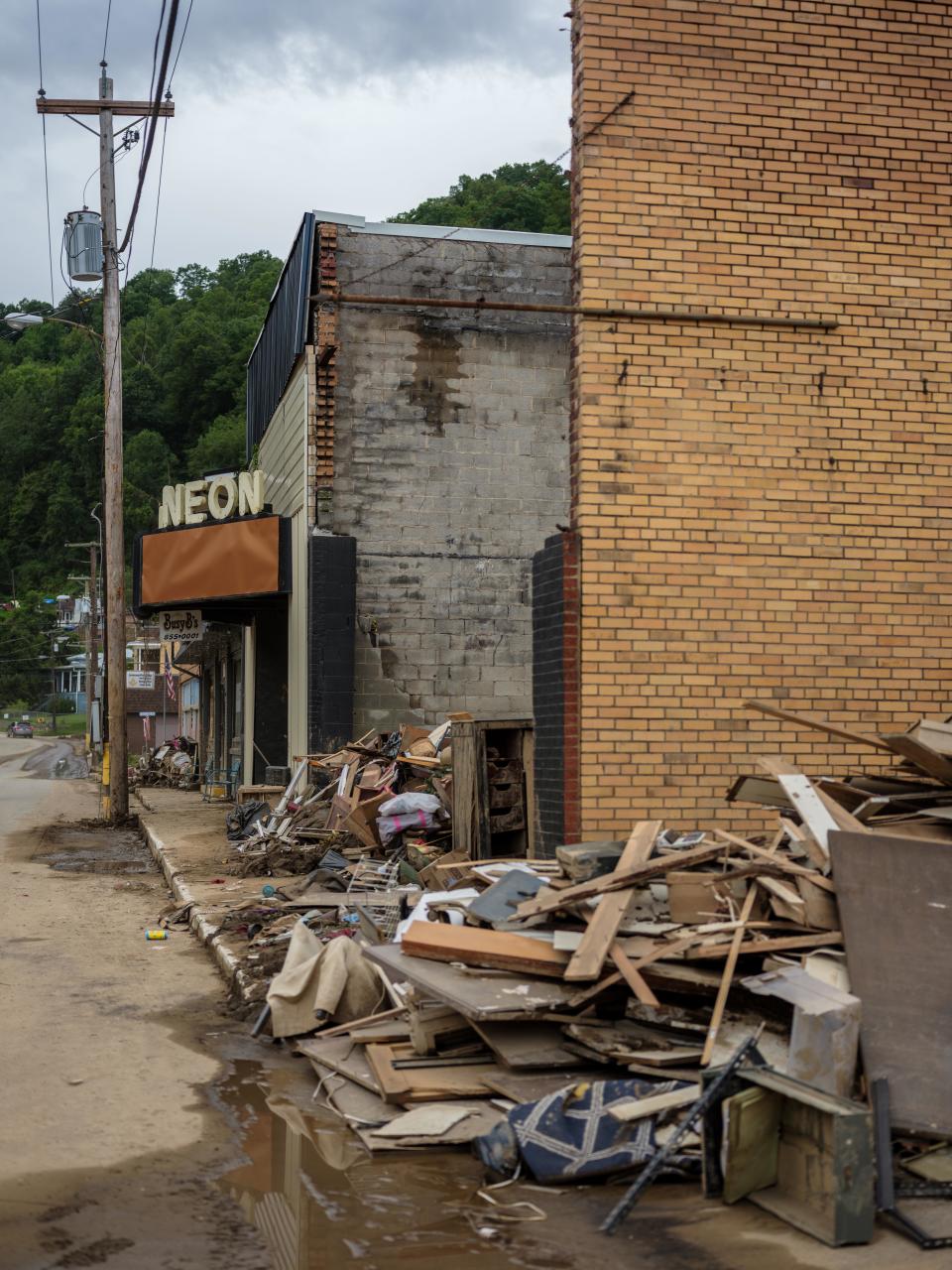Kentucky must learn from last year’s disasters and support federal resilience programming.
Kentucky has become no stranger to historic weather events. In recent years we have experienced severe floods, ice storms and tornadoes. As we work to recover, we must remember that while homes, businesses and bridges can be rebuilt, there are some things lost that can never be replaced. A little more than a year ago, severe flooding damaged or destroyed 9,000 homes and took the lives of 45 of our friends and neighbors in Eastern Kentucky.
Why Kentucky needs a resilience plan for severe weather events.
As someone who personally helped provide immediate relief as neighbors helped neighbors muck and gut their flood-damaged homes, I’ve had the somber privilege of working with people from all walks of life as they rebuild their communities. But since no rebuilding can ever fully restore a community to what it was, the most cost-effective and life-saving effort we can undertake is one that takes place before disaster strikes.
Last year, a bipartisan coalition of Republicans and Democrats in Congress introduced legislation that would consolidate nationwide resilience efforts and lay out a clear strategy to protect communities from extreme weather. This initiative, expected to be reintroduced soon, is supported by over 500 local leaders from across all 50 states. And the best part, for every $1 invested in resilience now, we save roughly $6 in recovery and clean-up costs.

For Kentucky, passing this legislation would mean that as new housing, industrial and commercial areas are developed, we will have greater access to federal data to ensure where we build isn’t vulnerable to flooding. It would also mean access to tools and resources to apply lessons we’ve learned from last year’s flood to proactively invest in our communities.
In response to last year’s disaster, I worked with many knowledgeable and caring state and federal first responders, people doing their best to distribute resources and save lives. I also witnessed the piecemeal federal disaster apparatus at work; 17 different federal agencies with overlapping jurisdictions and responsibilities. The lack of a consolidated, proactive federal strategy to address natural disasters leaves communities vulnerable.
The proposed legislation seeks to address this problem by creating a federal Chief Resilience Officer. The CRO would be in charge of coordinating federal agencies and initiatives to better streamline support. Many states and localities have already adopted this model to improve resilience planning and bolster community preparedness.
Our state is full of tough and caring individuals, willing to roll up their sleeves to help their neighbors in need. But when a major disaster hits, no community can rebuild on its own. We must learn from last year’s disaster and ensure federal resilience programming and relevant agencies are working efficiently to support communities. Together we can ensure all of Kentucky has the resources and tools necessary to guard against severe weather disasters and save lives.

Gerry Roll is the founding executive director of the Foundation for Appalachian Kentucky, a Kentucky-based nonprofit dedicated to supporting and investing in people whose hearts and homes reside in Appalachia.
This article originally appeared on Louisville Courier Journal: Floods, tornados, ice are inevitable. Kentucky needs resilience effort

